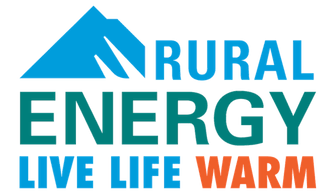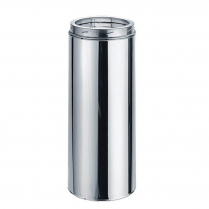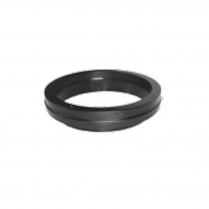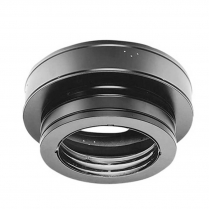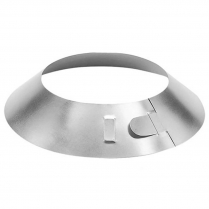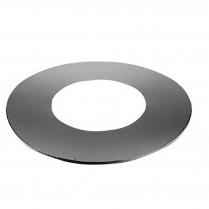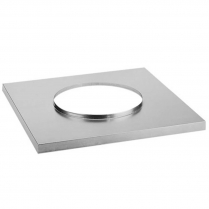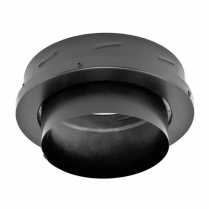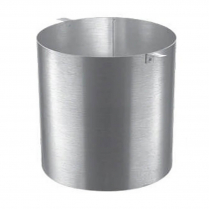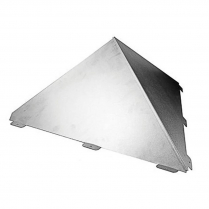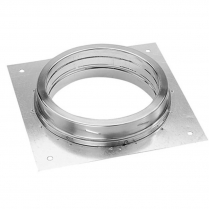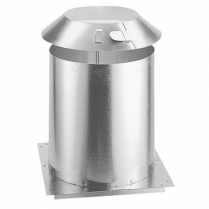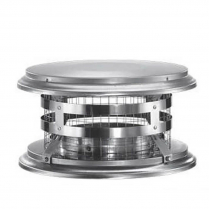DuraTech presents its all-fuel chimney systems, expertly crafted to vent low-heat residential appliances powered by wood, coal, oil, or gas. Often recognized as "Class A chimneys" or "Factory built chimneys," these systems prioritize safety and efficiency.
With Thermal Tech blanket insulation nestled between dual walls, DuraTech ensures the chimney's exterior remains cool, while the interior maintains high flue gas temperatures for consistent draft performance. Notably, the inner wall is 25% thicker than most competitors, eliminating the need for locking bands or mechanical fasteners and enhancing safety.
Our catalog, featuring top-tier all-fuel solutions from the renowned brand DuraVent, caters to diverse venting needs. From the Stove Pipe DT Snow splitter to the Stove Pipe DT Chase top flashing, we've got you covered.
DuraTech's 5"-6" all-fuel, double-wall system stands out for its continuous operation at 1000°F flue gas temperatures. It has surpassed UL's rigorous high-temperature tests, ensuring reliability even under extreme conditions.
Applications and Installation Solutions:
Applications
5"-8" DuraTech is a double-wall, all-fuel chimney system for use with wood stoves, fireplaces, furnaces, boilers, ranges, water heaters, or other appliances fueled by wood, oil, coal, or gas, and zero-clearance fireplaces that are factory-built.
Materials and Construction
5”-8” diameter pipe features an inner wall of .020” 430 stainless steel. Outer wall options of .016” 430 stainless steel or .021” galvalume steel.
A Thermal Tech (ceramic refractory) blanket insulation is encased between walls. Stainless steel end rings seal the pipe.
DuraTech features lightweight insulation, twist-lock fittings, support boxes with factory-installed starter sections, elbows with 360° swivel base, select black finish pipe lengths, and five-foot length pipe sections.
Clearances
2" clearance to combustibles.
Shrouds
UL Listed with DuraVent shroud specifications. Information is available online at www.duravent.com or call and request L150.
Diameters
5"-6"
Listings
c-UL-us Listed to UL 103 HT and ULC S604 (MH7399) (Stainless steel outer wall required for installation in Canada.)
Typical Installations
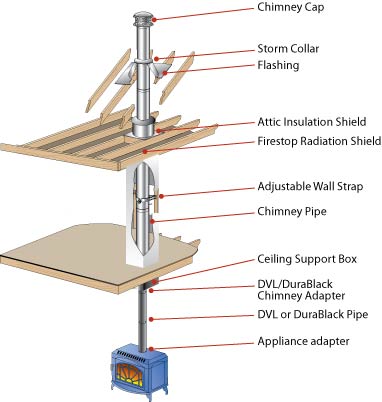
Refer to our Typical Installation drawings to select the appropriate component parts for your installation.
- DVL/DuraBlack Chimney Adapter must be used when connecting DVL pipe to a Ceiling Support Box or Finishing Collar. When connecting DuraBlack pipe, a DVL pipe to a Ceiling Adapter, DuraBlack Slip Connector, or Snap-Lock Adapter must be used.
- Wall Thimble must be installed with an appropriate length of chimney pipe for all horizontal through-the-wall installations. To accommodate thicker walls, the telescoping pieces of the Wall Thimble can be separated, and a field-fabricated extension may be installed.
- Attic Insulation Shield must be used in all installations that pass through an attic, regardless of whether the attic is insulated or not.
- Firestop Radiation Shield must be used when a chimney passes through a floor or ceiling without a support box.
Planning Your Installation
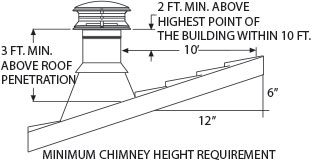
The following recommendations are general guidelines to assist in the layout and selection of the chimney components needed for your installation. Always follow DuraVent Installation instructions before installing your chimney system., found with the cap or support box.
- The diameter of the chimney should match the outlet size of the appliance. An improperly sized chimney results in poor draft and excessive creosote formation.
- Measure the diameter of the appliance flue outlet. Select the chimney and either DVL or DuraBlack connector stovepipe with the same size diameter as the appliance flue outlet. For fireplace installations, refer to the sizing chart in the back of this catalog.
- Determine if the installation is a through-the-roof installation or a through-the-wall installation. A through-the-wall installation will require additional components (Wall Thimble, Tee/ Cap, Tee Support, and Wall Straps).
- Install the chimney in the interior of the structure whenever possible. A cold exterior chimney will produce less draft and will generate more creosote.
- If possible, avoid offsets that serve to restrict the natural draft. A straight vertical installation is more efficient and less likely to develop creosote. If an offset is required to avoid rafters or other obstructions, measure the horizontal distance required and the vertical height available. Both 15° and 30° elbows are available. Elbows have a 360° swivel base to allow orientation of elbow direction only. Elbows are fixed at 15° or 30°. Elbows greater than 30° are not allowed in the United States. A maximum of two offsets in a single installation are permitted. Refer to the offset table in the back section of this catalog. At least one Elbow Strap is required for each offset. Elbow Straps ensure adequate support.
- Determine the minimum chimney height above the roof line. Building codes require a minimum of 3' above the roof penetration and at least 2' higher than any portion of a building within 10'. See figure 1. The termination cap is installed above that point. If chimney extends 5' or more above the roof penetration an extended roof bracket is required. An additional roof bracket is needed every 5'.
- Measure the roof pitch. For example, a 6/12 pitch has a vertical rise of 6" over a horizontal distance of 12". Select the appropriate flashing.
- Determine the total length of the chimney and stovepipe required for the installation. To calculate the installed per length of 5"-8" DuraTech pipe, subtract 1 ¼" per joint. For 10"-24" diameter, subtract ¾" per joint of pipe. Subtract 1 ¼” per joint of DuraBlack stovepipe. Subtract 1 ½" per joint of DVL stovepipe. Minimum chimney height, at sea level, of straight vertical chimney is 10' to 15' above the appliance outlet. Higher elevations, or the use of elbows or a tee, will require approximately 30% to 60% more height to provide for an adequate draft.
- For a UL-approved shroud, see the DuraTech Shrouds Installation Instructions (L157). View online at www.duravent.com, under catalogs and instructions.
- Be fire safe. Maintain at least 2" clearance to combustibles. Follow local building codes and have your chimney inspected by a certified professional.
